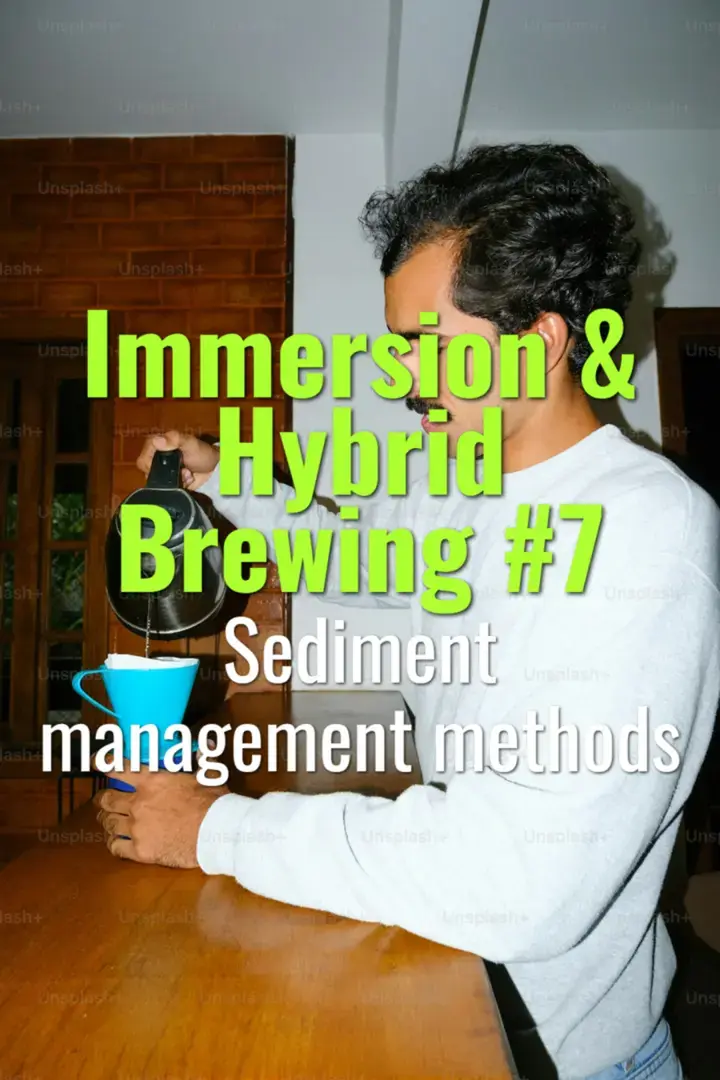Sediment management methods
How to control and reduce sediment in immersion and hybrid brews to achieve the desired balance of clarity and body.
- Coffee Basics Nerds
- 1 min read

Sediment in Immersion Brewing
- Cause:
- Fine particles (fines) pass through or around filters.
- Agitation, grind uniformity, and filter type all influence sediment levels.
Methods of Management
-
Grind Adjustment:
-
Use burr grinders with good particle uniformity.
-
Avoid excessive fines by not grinding too fine for French press or Clever Dripper.
-
Filter Choices:
-
Metal mesh → more sediment, heavier body.
-
Paper filters → minimal sediment, higher clarity.
-
Cloth filters → middle ground, capturing most fines while retaining oils.
-
Skimming & Decanting:
-
Skim floating fines/foam after steeping (common in French press).
-
Decant gently to leave heavy particles at the bottom.
-
Double Filtration:
-
After plunging or draining, pour brew through a secondary paper filter for extra clarity.
-
Popular hybrid method for those who enjoy French press flavor but dislike sediment.
-
Agitation Control:
-
Excessive stirring or shaking suspends fines, leading to more sediment.
-
Gentle agitation balances even extraction without excessive fines migration.
Flavor Impact
- More Sediment: Richer body, heavier mouthfeel, sometimes muddier.
- Less Sediment: Cleaner clarity, brighter flavors, lighter body.
Summary
Sediment management is a key lever in immersion and hybrid brewing. Through grind control, filter selection, careful decanting, and secondary filtration, brewers can fine-tune body versus clarity to match their flavor goals.